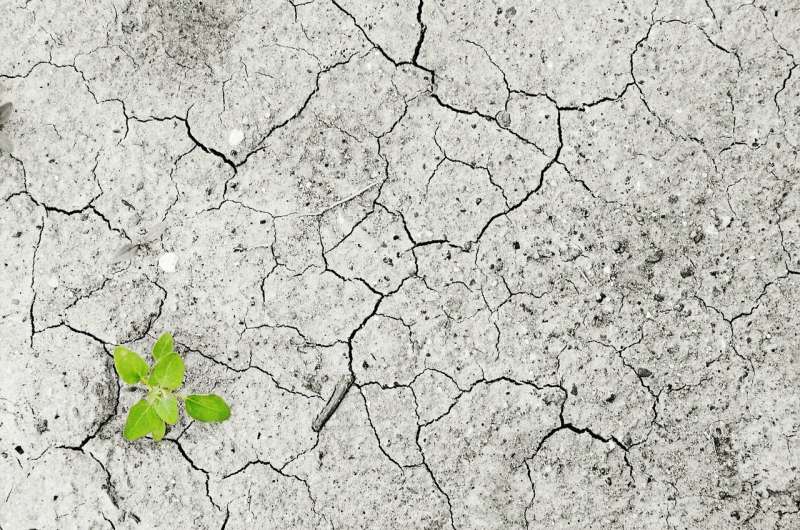Credit: CC0 Public Domain
Invasive species are those that spread to new areas as a result of human activity and can displace local species and present threats to forestry and agriculture. Laboratory experiments indicate that alien species are most likely to invade under varying environmental conditions. The risk of invasions will increase further if the local species community has not adapted to the variation.
"It is very difficult to study and test species adaptation in natural populations, because adapting to different environments takes time. This is why we decided to use bacteria as a test species. Conditions during invasion are easily manipulated, and we can also create strains of bacteria that have or have not adapted to environmental conditions. This versatility of the system gives us possibility to study different sorts of theoretical scenarios of invasions very efficiently. In the wild, such phenomena are nearly impossible to study in detail," says academy research fellow Tarmo Ketola from the University of Jyväskylä.
Although experiments done in the lab are a simplification of natural processes, this experiment shows that increased variation can lead to increased problems with invasive species. Communities that are poorly adapted to the changes are more susceptible to the spread of invasive species, especially if their habitat changes significantly at the same time. Earlier research emphasized the importance of adaptation of invasive species in dictating the spread to the new areas. This research is the first to show that it is also important how well the community has adapted to prevailing environmental conditions.
The research has been published in BMC Evolutionary Biology.
More information: Kati Saarinen et al. Invasion triple trouble: environmental fluctuations, fluctuation-adapted invaders and fluctuation-mal-adapted communities all govern invasion success, BMC Evolutionary Biology (2019). DOI: 10.1186/s12862-019-1348-9
Journal information: BMC Evolutionary Biology
Provided by University of Jyväskylä
























